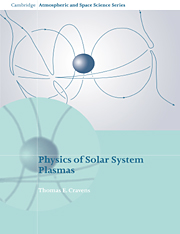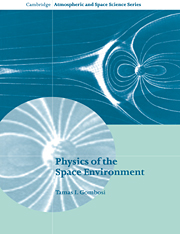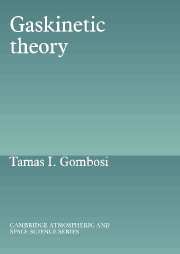‘… where water turbulence originates, where it persists, and where it dies away …’
Leonardo Da Vinci (c. 1500)‘At infinite Reynolds numbers, all the small scale statistical properties (of a turbulent flow) are uniquely and universally determined by the (eddy) scale ℓ and the mean energy dissipation rate ε. At very high, but finite Reynolds numbers, they are determined by ℓ, ε and the kinematic viscosity ν.’
Kolmogorov (1941)In the previous chapter, we investigated the relatively slow, transport-ordered, evolution of quasi-equilibrium plasma quantities due to radial collisional flows. In this chapter we consider similar evolution due to radial flows associated with plasma turbulence. As always, we will first try to shed some light on the issue by investigating the relatively simple case of hydrodynamic turbulence, Section 6.1, then proceed to turbulence in magneto-hydrodynamics, Section 6.2, and finally, turn to the dominant process in magnetized plasmas, namely, drift-wave turbulence, Section 6.3.
Hydrodynamic turbulence
What is turbulence? We know it when we see it, yet it is not easy to define. A compact, yet accurate, definition has been formulated by Corrsin (1961),
‘Incompressible hydrodynamic turbulence is a spatially complex distribution of vorticity which advects itself in a chaotic manner in accordance with (4.13). The vorticity field is random in both space and time, and exhibits a wide and continuous distribution of length and time scales.’



